A Guide To Onions
Jul 18, 2022, Updated Sep 26, 2022
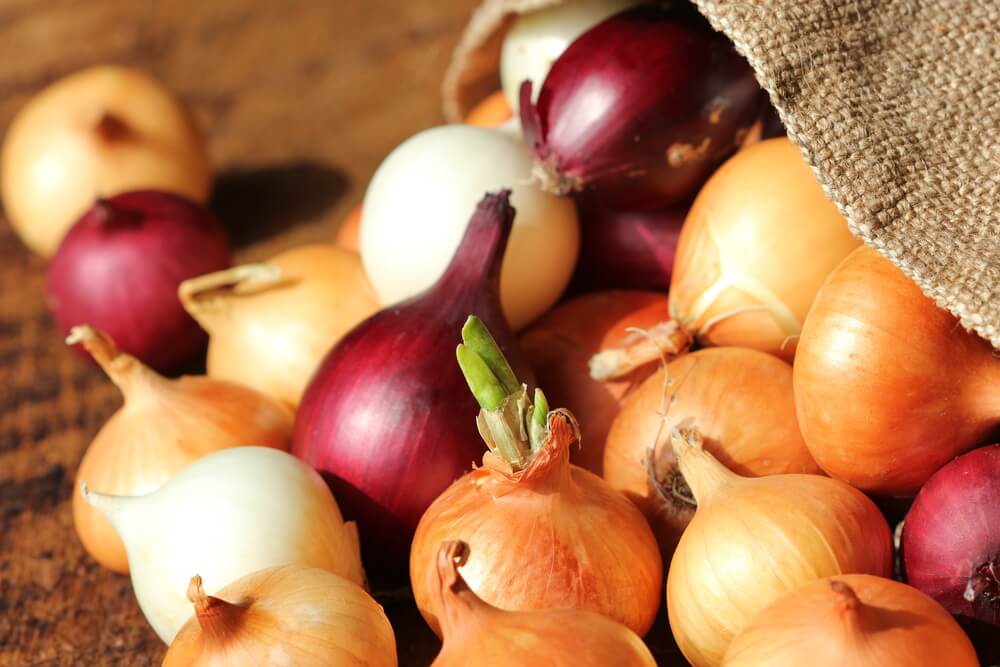
This post may contain affiliate links. Please read our disclosure policy.
We have put together a simple guid to onions. Have you ever found yourself in the produce department staring at the onions and wondering which type will be best for your dish? Don’t worry. After this quick rundown, you’ll be an onion expert!
Guide to Onions
A Guide to Onions: White Onions
Flavor: White onions have a strong, sharp, pungent flavor. They have a nice, crisp texture. Unlike yellow onions, they do not get any sweeter when cooked.
How To Select and Store: White onions will have a thin and papery white skin. Choose white onions that are heavy for their size, firm, and free from bruises. Store whole white onions in a cool, dry, dark place with the skin on. White onions need ventilation to stay fresh, so do not store whole onions in a plastic bag. Pre-cut white onions can be stored in an air-tight container in the refrigerator.
How To Serve: White onions can be served raw or cooked. Because of their more astringent flavor, use sparingly when serving raw.
Try This Recipe: Sheet Pan Chicken Fajitas
Health benefits: Chock-full of fiber, these onions help with digestive health by increasing gut-friendly bacteria.
A Guide to Onions: Yellow Onions
Flavor: Yellow onions are milder than white onions. They still have a sharp flavor, but it’s balanced with a bit of sweetness. Yellow onions get sweeter as they are cooked.
How To Select and Store: Yellow onions have a tough yet papery yellow outer skin that is usually a bit thicker than the skin of a white onion. Choose yellow onions that are heavy for their size, firm, and without bruises. Store whole yellow onions in a cool, dry, dark place with the skin on. Do not store whole onions in a plastic bag because they need ventilation to stay fresh. Yellow onions that have been pre-cut should be stored in an air-tight container in the refrigerator.
How To Serve: Think of yellow onions as your go-to, all-purpose onion. They work in just about any dish. Because they get sweeter as they cook, they are great for caramelizing. They work very well in soups, stews, sauces, and braises.
Try This Recipe: Slow Cooker Celery Soup with Bacon
Health benefits: Yellow onions have high levels of vitamins, minerals, dietary fiber and antioxidant compounds.
A Guide to Onions: Sweet Onions
Flavor: Sweet onions are, you guessed it, sweet! They lack the astringent flavor of white or yellow onions. Vidalia® Onions and Walla Walla onions are the most popular sweet onions.
How to Select and Store: Sweet onions range in color from white to yellow and are usually a bit squattier than yellow onions. Choose onions that are firm, heavy for their size, and free of bruises. Wrap each sweet onion in a paper towel and store in your refrigerator’s crisper drawer, with the vent closed. Do not store with potatoes.
Sweet onions can also be frozen for later use. First, peel and chop the onions. Spread onion pieces evenly on a baking sheet and place in the freezer. Once the pieces are frozen through, place them in a zip-top bag and store in your freezer. Because some sweet onion varieties can only be grown in certain regions, they are only available certain times of the year. Freezing sweet onions is a great way to ensure you can enjoy them year round.
How To Serve: Sweet onions are great cooked or raw. They carmelize wonderfully! Sweet onions are our onion of choice for onion rings, onion petals, and bloomin’ onions. They are also great on top of burgers or in salads.
Try This Recipe: Sweet Onion Dip
Health benefits: The sweet onion is nutrient-dense and packed with antioxidants.
*For more sweet onion information and tips from an expert grower, click here.
A Guide to Onions: Red Onions
Flavor: Red onions have a milder flavor than white onions, although they still have a bit of bite to them. Generally, red onions don’t have as strong as an onion-y aftertaste as white or yellow onions. They get sweeter and milder when cooked, although they will lose some of their reddish-purple coloring.
How to Select and Store: Choose red onions that are heavy for their size, unbruised, and firm. Store in a cool, dry, and dark place with their skin on. Store pre-cut red onions in an air-tight container in the refrigerator.
How to Serve: Their vibrant color and milder flavor make red onions a great choice for salads. They are a good choice for guacamole and salsa. They also taste great on pizza!
Try This Recipe: Sunday Night Celery and Red Onion Salad
Health benefits: Red onions are full of amazing compounds that protect the body from ulcers and certain types of cancer.
A Guide to Onions: Green Onions
Flavor: Green onions are crisp and mild. The white part of green onions have a stronger, more astringent flavor and the green parts less so.
How to Select and Store: The root end of green onions should be firm and bright white. Avoid green onions that have are beginning to wilt or have a dark, slimy film on them. Store green onions in the crisper drawer of your refrigerator. Green onions need air circulation to stay fresh so avoid storing in plastic bags. You can also store green onions root side down in a shallow glass of water on a sunny part of your countertop. The green tops will grow back several times.
How to Serve: The entire part of a green onion can be eaten. They can be served raw or cooked, but the longer you cook them the more flavor they will lose. Try green onions in salads and stir-fries. Use as a garnish on top of baked potatoes.
Try This Recipe: Thai Peanut Chicken & Sweet Potato Noodles
Health benefits: The best part about green onions is that they are known to lower cholesterol levels.
A Guide to Onions: Pearl Onions
Flavor: Pearl onions are mild and sweet.
How To Select and Store: As their name suggests, pearl onions are small, about the size of a large marble. They are typically sold together in bags or containers, rather than as individual onions. They range in color from white to yellow to red, depending on the exact variety. Look for pearl onions that are firm, free from bruises, and have a papery outer skin. Store in a cool, dry, and dark location.
How to Serve: As with other onions, you need to remove the outer skin before using. It takes a bit more effort to remove the outer layer of a pearl onion. The easiest way is to blanch them by placing them boiling water for 1 to 2 minutes. Then, dunk them in ice water to cool them. Remove them from the ice water, cut the root ends off, and slip the outer skins off by pinching them with your fingers. Pearl onions are especially delicious when roasted! They can also be pickled and used in cocktails.
Try This Recipe: Rosemary Caramelized Pearl Onions
Health benefits: Pearl onion is excellent for the heart and circulatory system and are often used to fight chest infections.
Now that you know which onion to use when, here are some other helpful resources:
What questions do you have about onions? Ask us in the comments below!
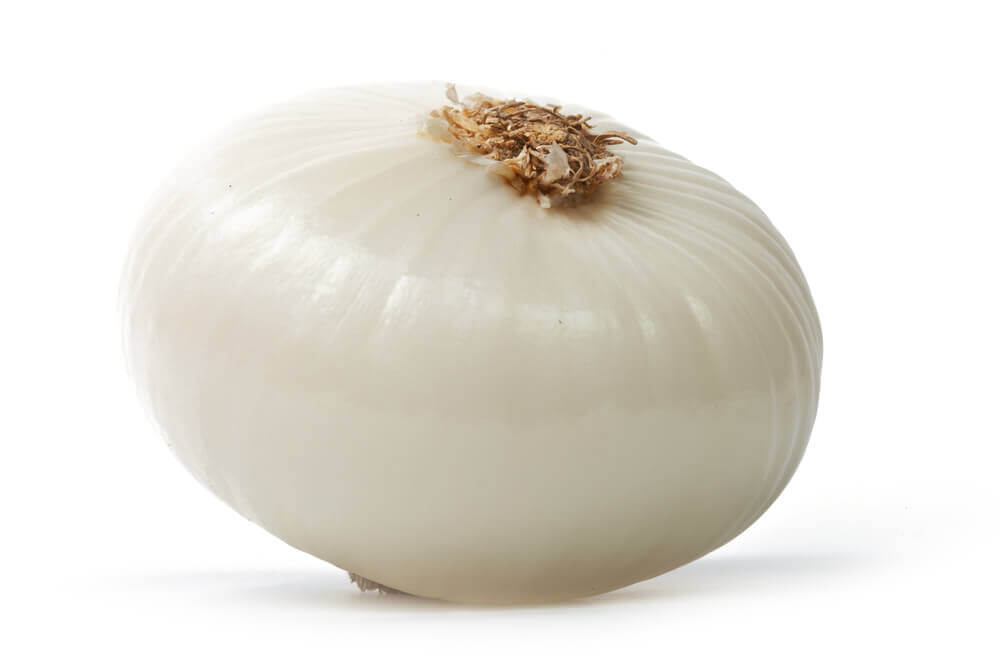
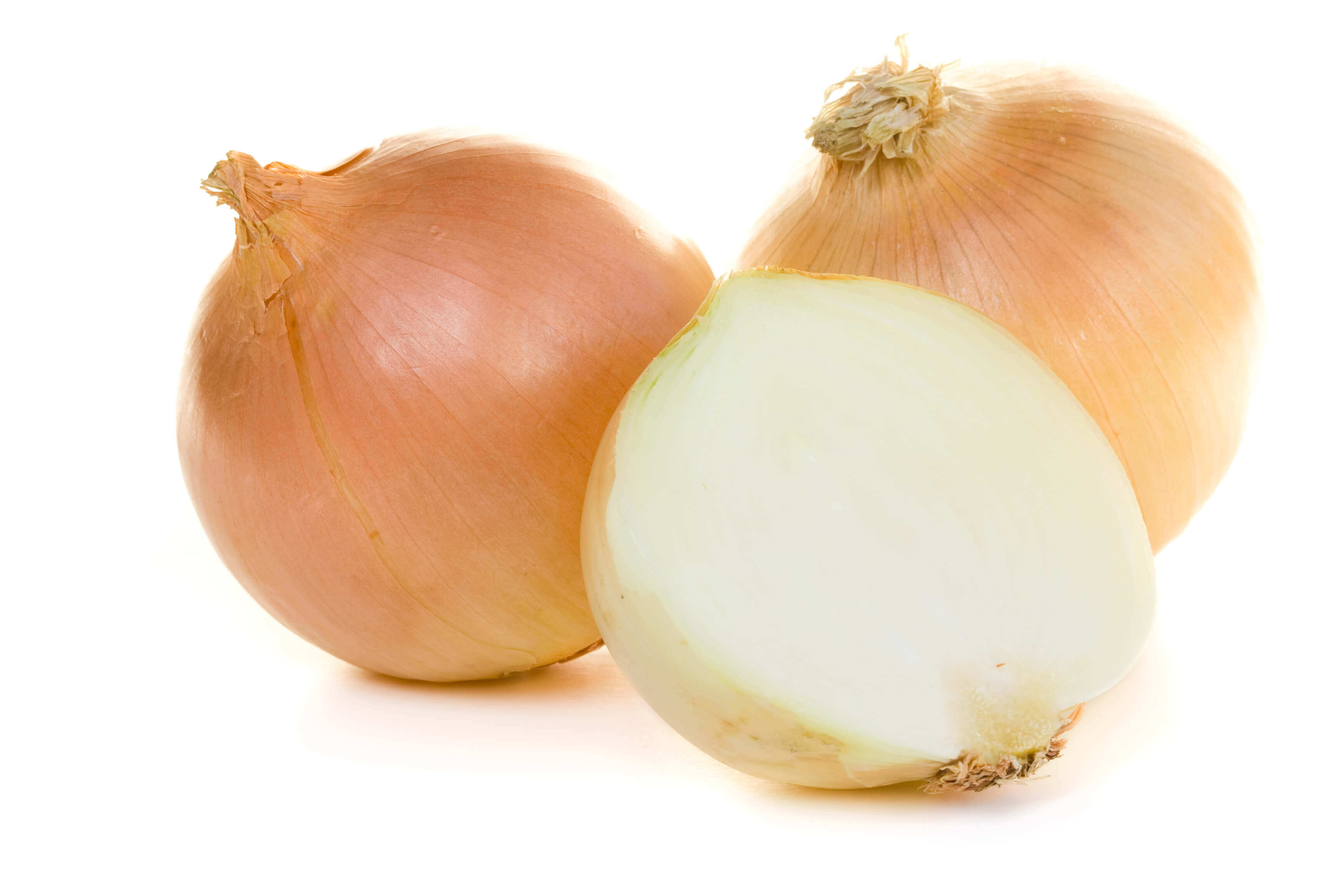
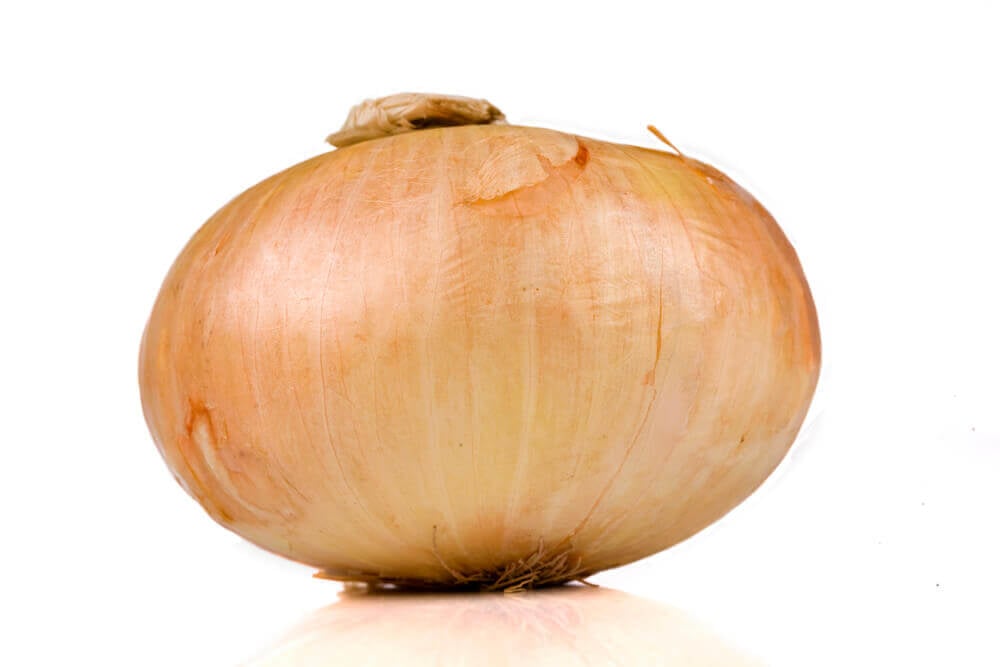
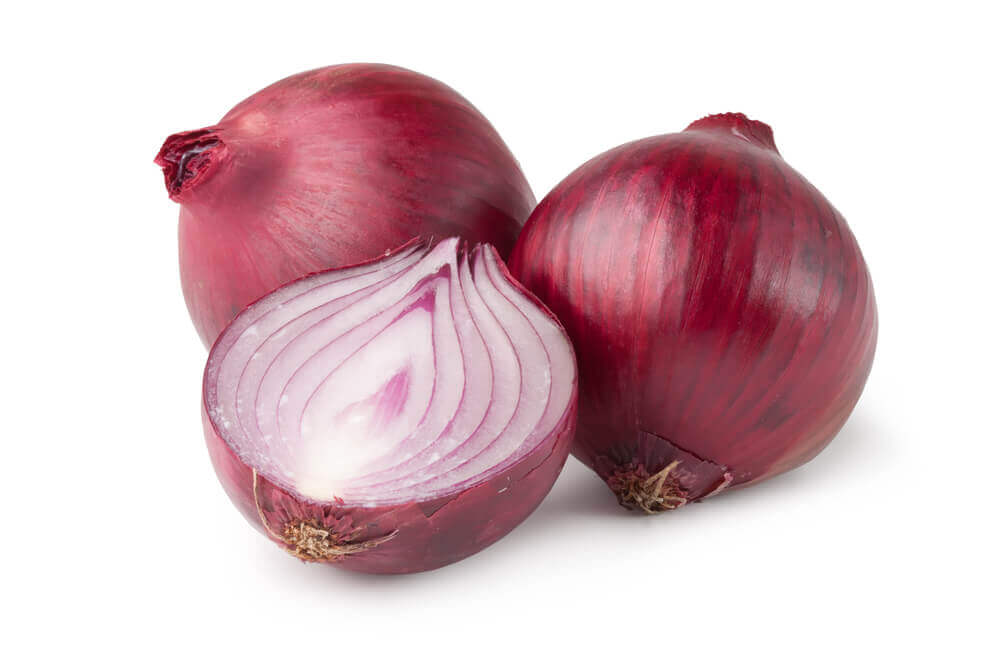
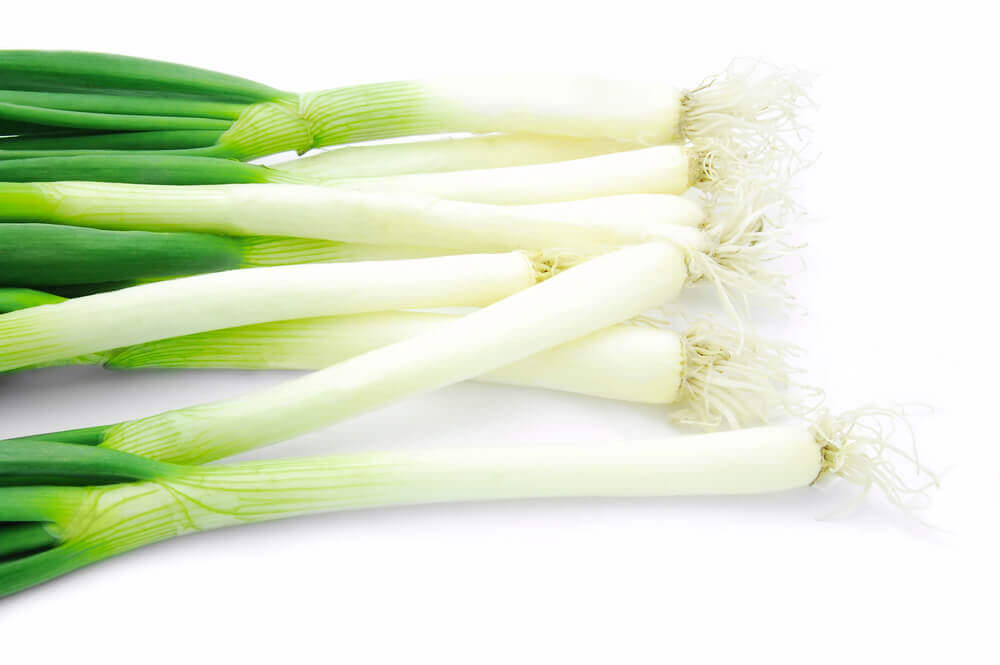
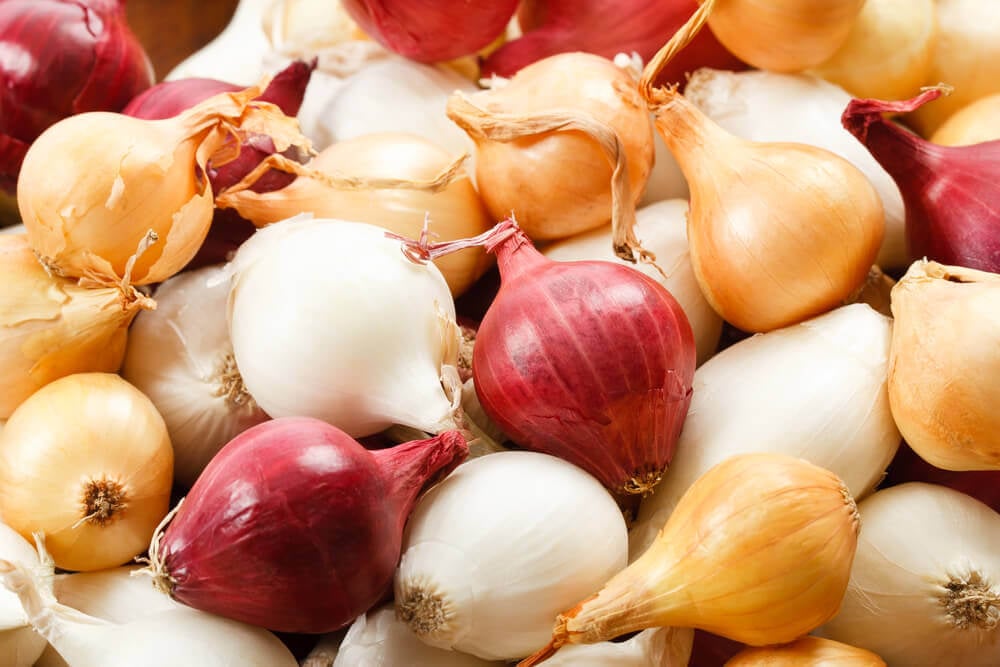
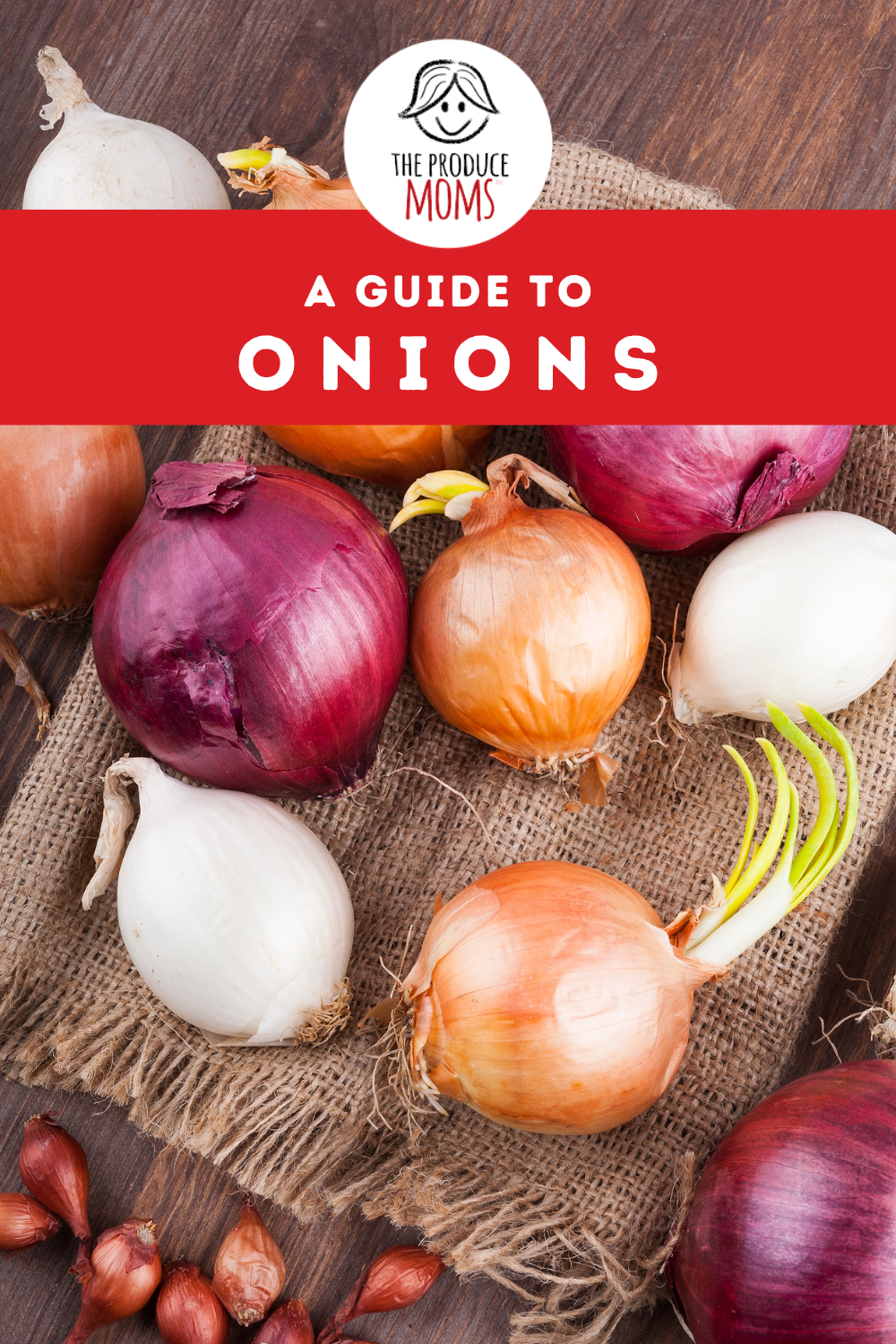
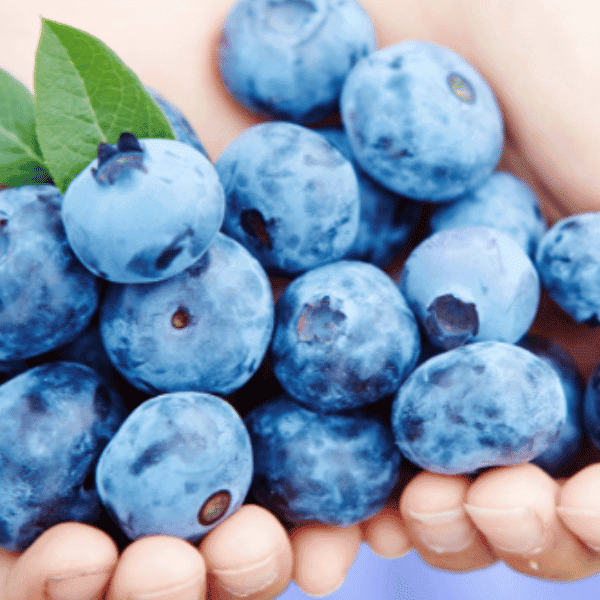
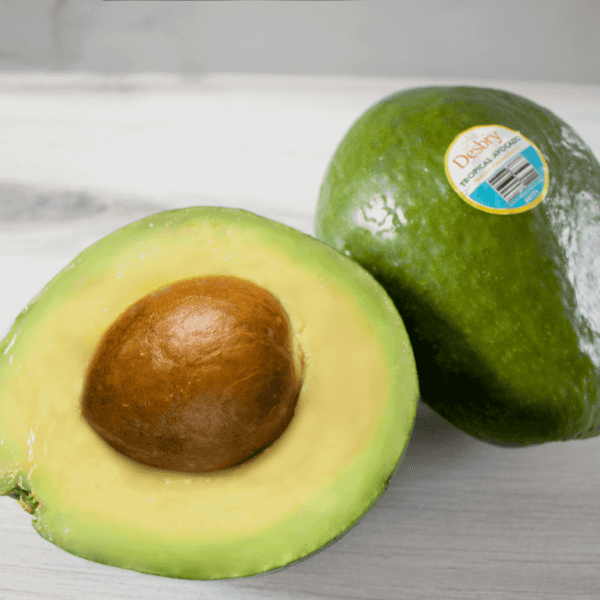
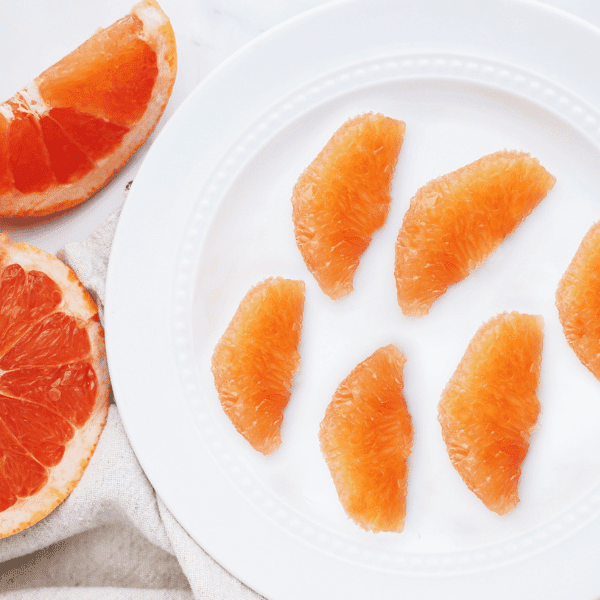
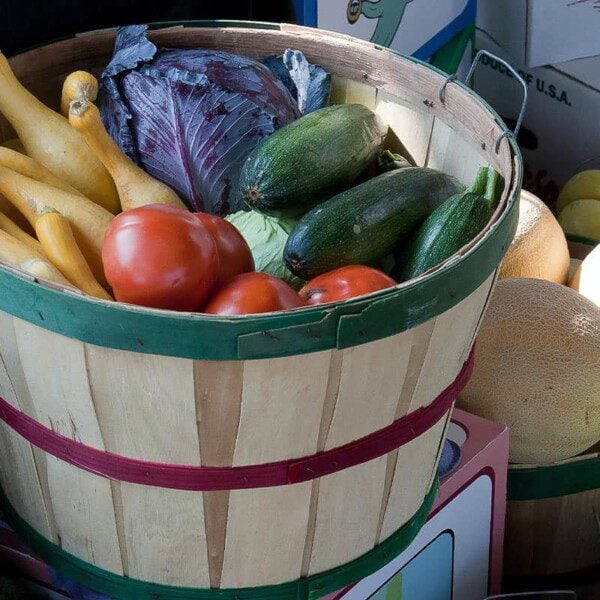


Very helpful description and uses of different onions.
My uncle has been thinking about getting the right kind of onions to cook with in order to have the right kind of onions. He would really like to get some help from a professional in order to be safer. I liked what you said about how they should be cooled in ice water after they have been boiled to blanch them.